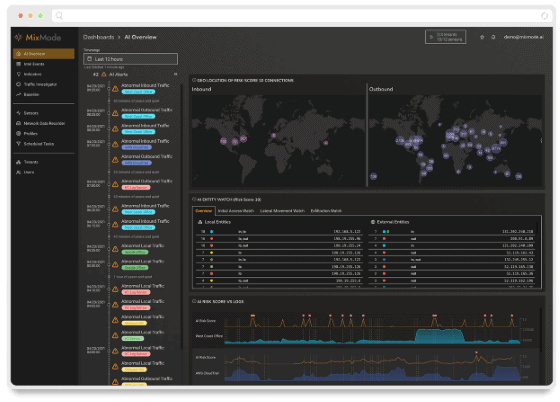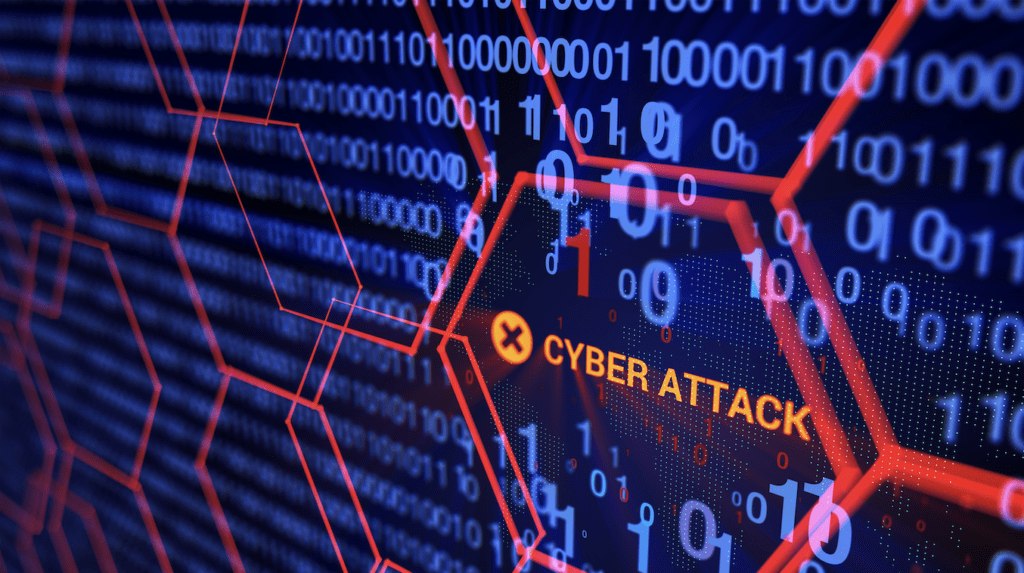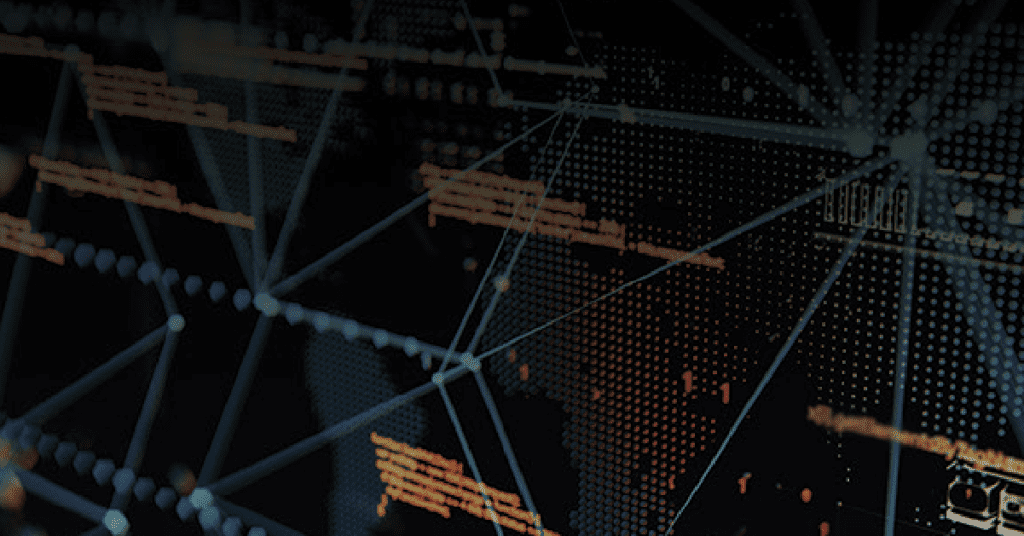The Evolution of SIEM
It should be noted that SIEM platforms are exceptionally effective at what they initially were intended for: providing enterprise teams with a central repository of log information that would allow them to conduct search and investigation activities against machine-generated data. If this was all an enterprise cybersecurity team needed in 2020 to thwart attacks and stop bad actors from infiltrating their systems, SIEM would truly be the cybersecurity silver bullet that it claims to be.
The Evolution of SIEM Read More →


















